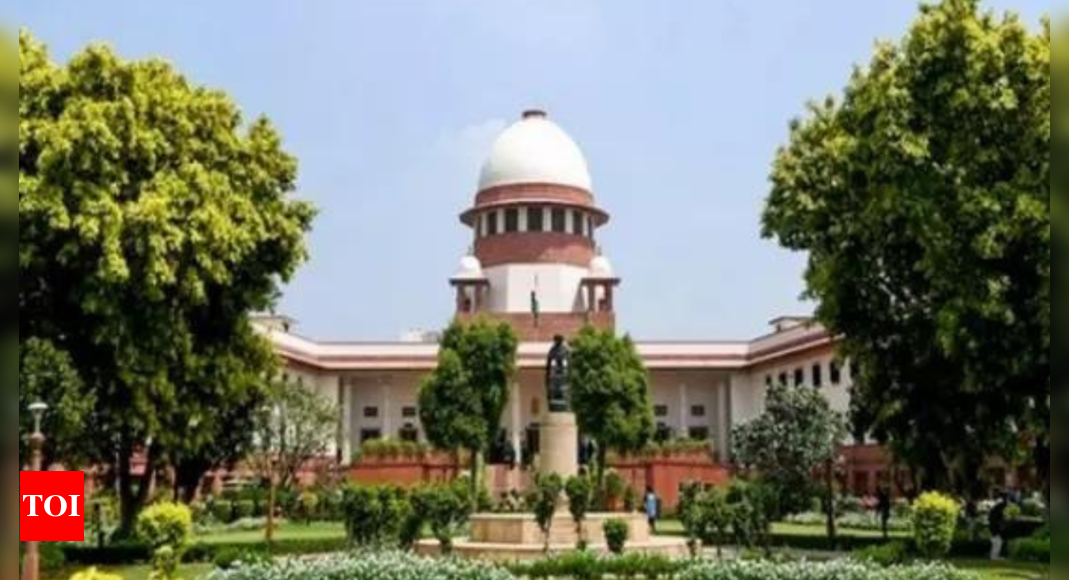NEW DELHI: Issues relating to the safety of the 130-year-old Mullaperiyar dam in Kerala, owned by Tamil Nadu and a cause of constant friction between the two states, continue to resurface before the Supreme Court, either as an inter-state dispute or a through PIL. .
A fresh PIL filed by five advocates led by Mathews J. Nedumpara on Wednesday feared grave danger to millions of people in Kerala living downstream of the Mullaperiyar Dam as it questioned the safety of the dam and doubted the correctness of two judgments. previous SC that allowed raising the water storage level in the dam from 136 feet to 142 feet.
Tamil Nadu told a bench comprising Justices Surya Kant, Dipankar Datta and Ujjal Bhuyan that under the Dam Safety Act, 2021, the central government was required to establish national dam safety authority (NDSA) and the national committee on dam safety (NCDS), which would work with state governments to determine and suggest remedial measures to strengthen dams whose safety is in doubt.
The court wondered how the central government could single-handedly constitute a monitoring committee to examine the safety audit of Mullaperiyar dam when such a move is not backed by the 2021 legislation.
It asked the NDSA and the Jal Shakti ministry to submit their affidavits on the measures taken since 2021 to assess the safety of Mullaperiyar Dam under the provisions of the Dam Safety Act and explain whether the monitoring committee appointed by the ministry was provided for in the legislation.
The court asked Attorney General R Venkataramani to assist the court in the case. He criticized the Union government for being asleep since 2021 when it was informed that no relevant rules and regulations have been made till date under the law.
The petitioners led by Nedumpara said they were concerned about protecting the lives and properties of five million citizens who would be at grave risk in case the Mullaperiyar dam burst.
They said the dam, made of limestone and surkhi, was commissioned in the year 1895 and has an estimated lifespan of 50 years. They asked the court to order the Centre, Tamil Nadu and Kerala to work together to resolve the safety issues related to the dam.
After reports of damage to the dam were published in the Kerala press in 1979, the Central Water Commission met TN and Kerala and opined that once the emergency and medium-term measures were completed, the water level at the dam it can rise up to 145 feet
Following the directions of the SC in April 2000, the Ministry of Water Resources constituted an expert committee which in its report of March 2001 opined that after implementation of strengthening measures, the water level in the dam could rise from 136 feet at 142 feet. SC, in its order dated February 27, 2006, had allowed TN to raise the water level to 142 feet.
However, the Kerala Irrigation and Water Conservation (Amendment) Act of March 2006 prohibited raising the water level beyond 136 feet. SC in May 2014 declared the Kerala law unconstitutional and directed the Center to set up a three-member oversight committee on water safety. dam by raising the water level to 142 feet.




